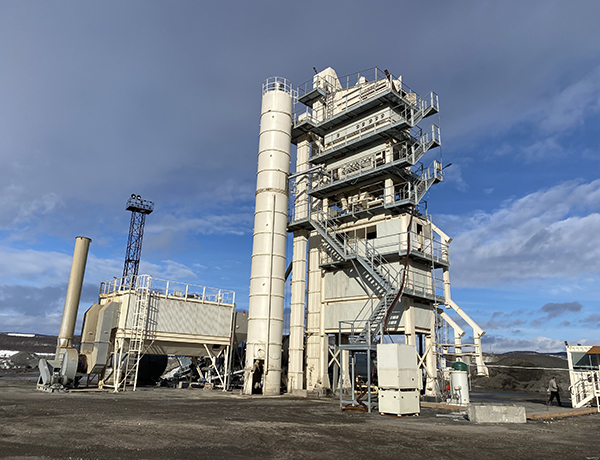RAP Asphalt Batching Plant, or Reclaimed Asphalt Pavement Asphalt Batching Plant, is a cutting-edge facility designed for the production of high-quality asphalt while promoting sustainability in construction practices. The RAP technology allows for the recycling of old asphalt materials, which can be incorporated back into new asphalt mixtures, significantly reducing waste and the need for new raw materials. This not only lowers production costs but also minimizes the environmental impact associated with traditional asphalt manufacturing processes.
One of the primary advantages of a RAP Asphalt Batching Plant is its ability to maintain the performance characteristics of the final asphalt product. Modern batching plants are equipped with sophisticated mixing technologies that ensure a homogenous blend of reclaimed material and fresh aggregates, creating a durable and resilient product suitable for various applications, including roads, highways, and parking lots.
Additionally, RAP Asphalt Batching Plants come with state-of-the-art control systems that monitor the entire production process. This automation helps maintain consistent quality and allows for precise adjustments, ensuring that each batch meets the required specifications. The incorporation of advanced technology also enhances efficiency, reducing energy consumption and emissions associated with asphalt production.
Moreover, the use of RAP contributes to the circular economy by extending the life cycle of asphalt materials. By recycling existing pavements, construction industries can minimize their reliance on virgin materials, thus conserving natural resources. This practice reflects a growing trend towards sustainability and responsible environmental stewardship in infrastructure development.
In conclusion, RAP Asphalt Batching Plant is pivotal in modern asphalt production, integrating advanced technology with environmental consciousness. As the demand for sustainable practices increases, these plants are leading the way to a greener future in construction by maximizing material use and minimizing waste.
Content Disclaimer
The content provided on this website is for informational purposes only. Some of the information, articles, images, and other materials available on this site may be sourced from third-party websites and public domain resources. While we make every effort to ensure the accuracy and reliability of the information, we do not take responsibility for the content provided by external sources.
